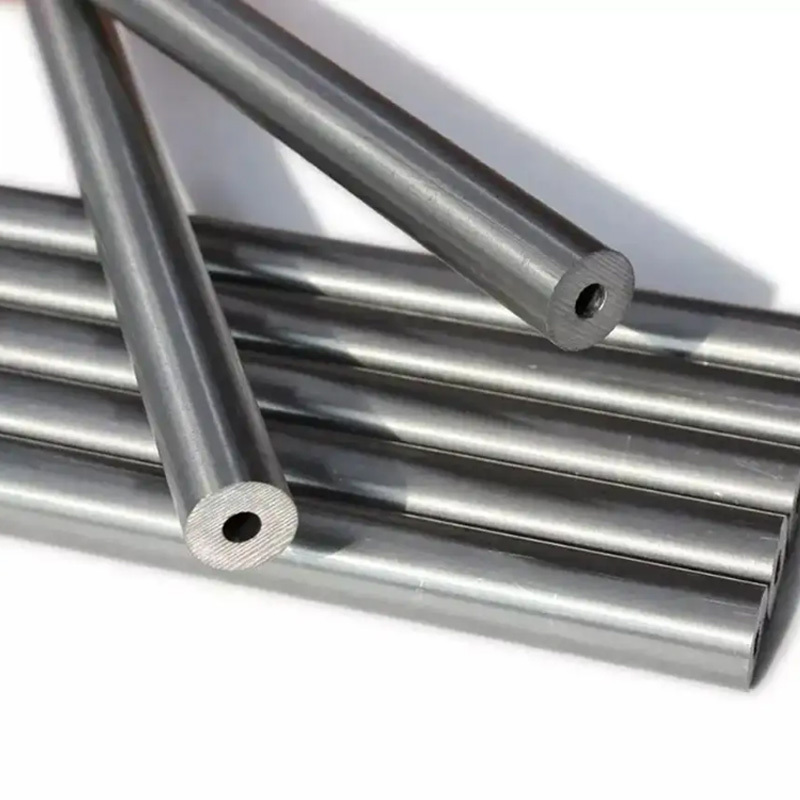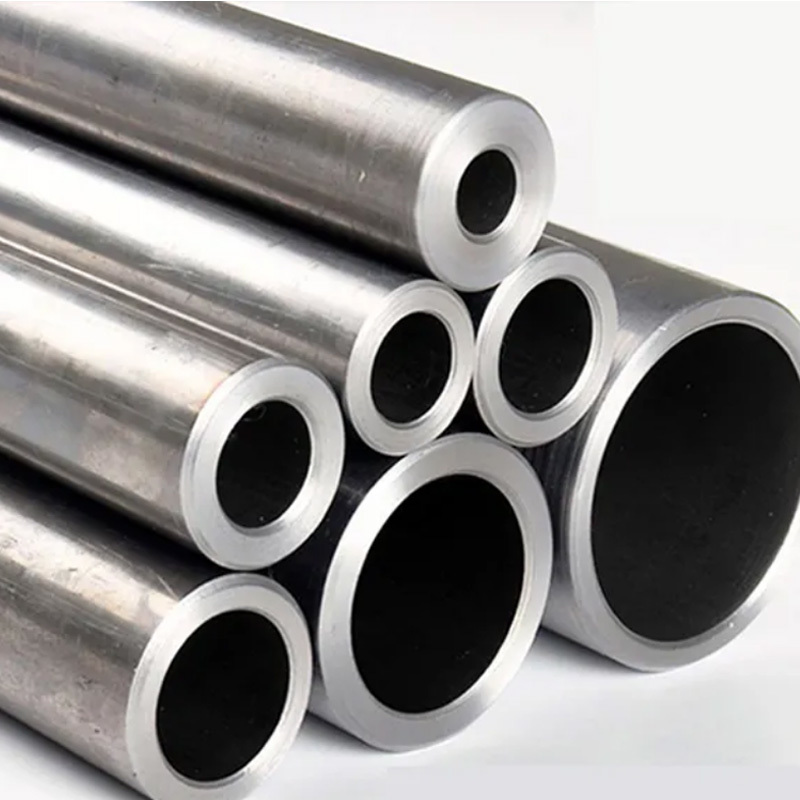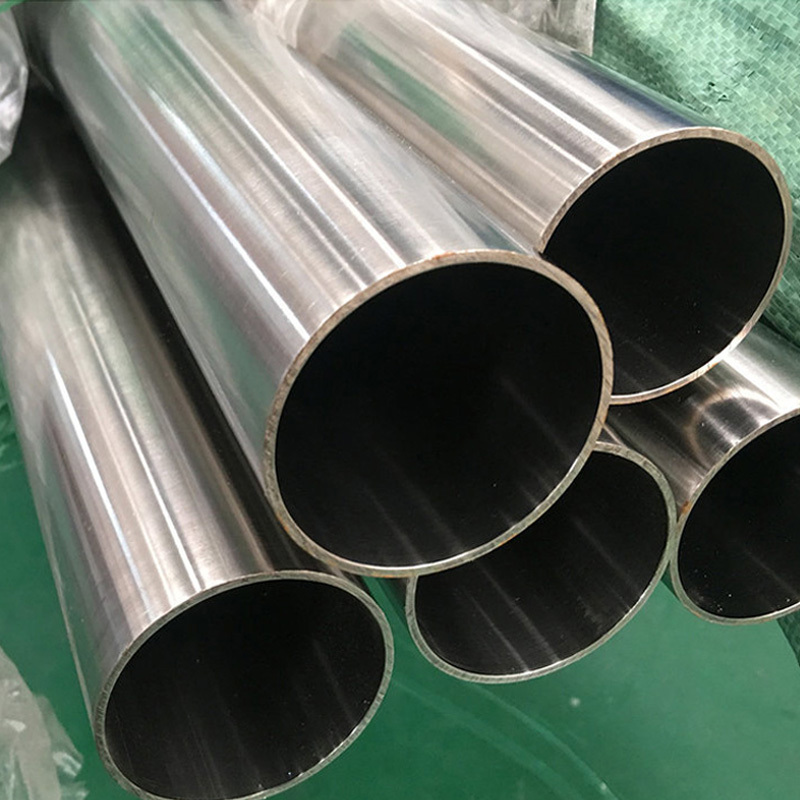Stainless steel pipe
Keywords:
Classification:
Product Introduction
Introduction to Stainless Steel Pipe
Stainless steel pipe (Stainless Steel) is a hollow long cylindrical steel. Its application range is used as a pipeline for conveying fluids. It is widely used in industrial pipelines such as petroleum, chemical, medical, food, light industry, mechanical instruments, and mechanical structural components. Stainless steel pipes are made of acid-resistant and heat-resistant steel billets, which are heated, perforated, sized, hot rolled, and cut.
Classification of stainless steel pipes
Classification of stainless steel pipes: two basic categories of stainless steel seamless steel pipes and stainless steel welded steel pipes (seamless steel pipes). According to the outer diameter of the steel pipe, it can be divided into round pipes and special-shaped pipes. Round steel pipes are widely used, but there are also some square, rectangular, semicircular, hexagonal, equilateral triangle, octagonal and other special-shaped steel pipes.
Stainless steel grade
201 series-chromium-nickel-manganese austenitic stainless steel.
300 series-chromium-nickel austenitic stainless steel.
301-Good ductility, used for molded products. It can also be quickly hardened by mechanical processing. Good weldability. Wear resistance and fatigue strength are better than 304 stainless steel.
302-Corrosion resistance is the same as 304, but the strength is better due to the relatively high carbon content.
303-It is easier to cut than 304 by adding a small amount of sulfur and phosphorus.
304-General type; that is, 18/8 stainless steel. GB grade is 0Cr18Ni9.
309-Has better temperature resistance than 304.
316-After 304, the second most widely used steel grade, mainly used in the food industry and surgical equipment, adding molybdenum to give it a special corrosion-resistant structure. Because it has better chloride corrosion resistance than 304, it is also used as "marine steel". SS316 is usually used in nuclear fuel recovery devices. 18/10 grade stainless steel also usually meets this application level. [1]
Type 321-Similar to 304 except that the risk of weld corrosion is reduced by the addition of titanium.
400 series-ferritic and martensitic stainless steel. 408-Good heat resistance, weak corrosion resistance, 11% Cr, 8% Ni.
409-The cheapest model (British and American), usually used as automobile exhaust pipes, belongs to ferritic stainless steel (chrome steel).
410-Martensitic (high-strength chrome steel), good wear resistance, poor corrosion resistance.
416-Sulfur is added to improve the processing properties of the material.
420-"Tool grade" martensitic steel, similar to Brinell high chromium steel, the earliest stainless steel. Also used for surgical knives, can be made very bright.
430-Ferritic stainless steel, for decoration, such as for automobile accessories. Good formability, but poor temperature resistance and corrosion resistance.
440-High-strength tool steel, slightly higher carbon content, can obtain higher yield strength after proper heat treatment, hardness can reach 58HRC, belongs to the hardest stainless steel. The most common application example is "razor blades". There are three commonly used models: 440A, 440B, 440C, and 440F (easy to process).
500 series - heat-resistant chromium alloy steel.
600 series - martensitic precipitation hardening stainless steel.
630 - the most commonly used precipitation hardening stainless steel model, also commonly called 17-4; 17%Cr, 4%Ni.
Product Message
Related Products









